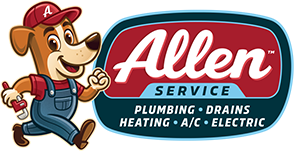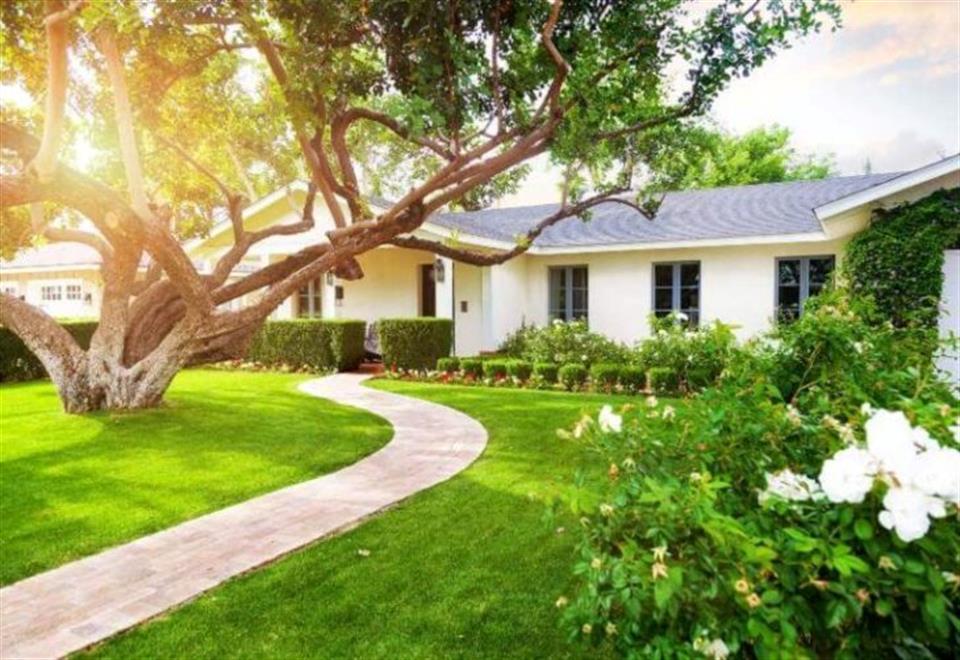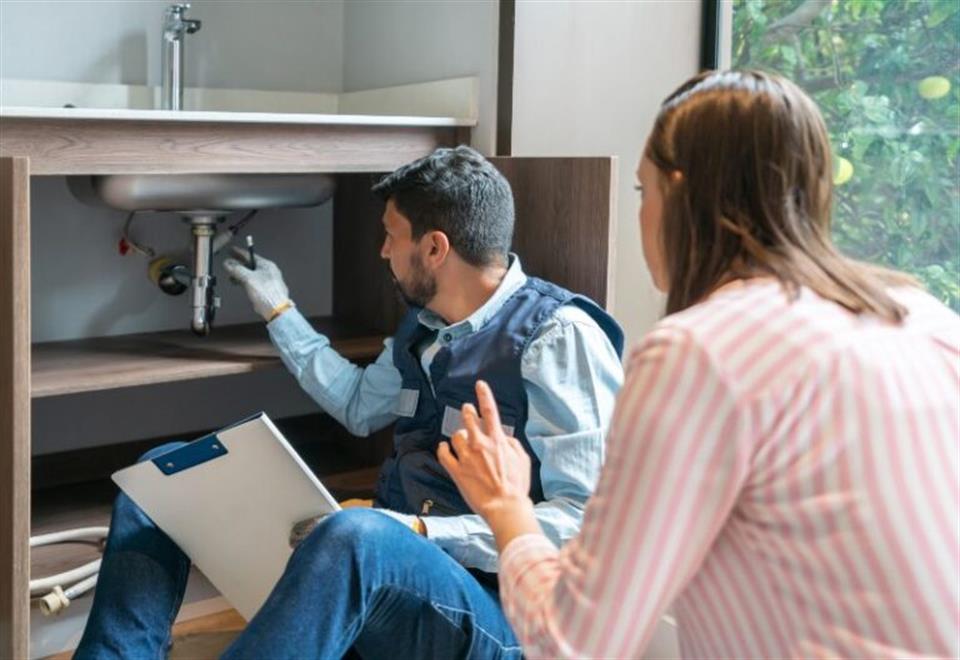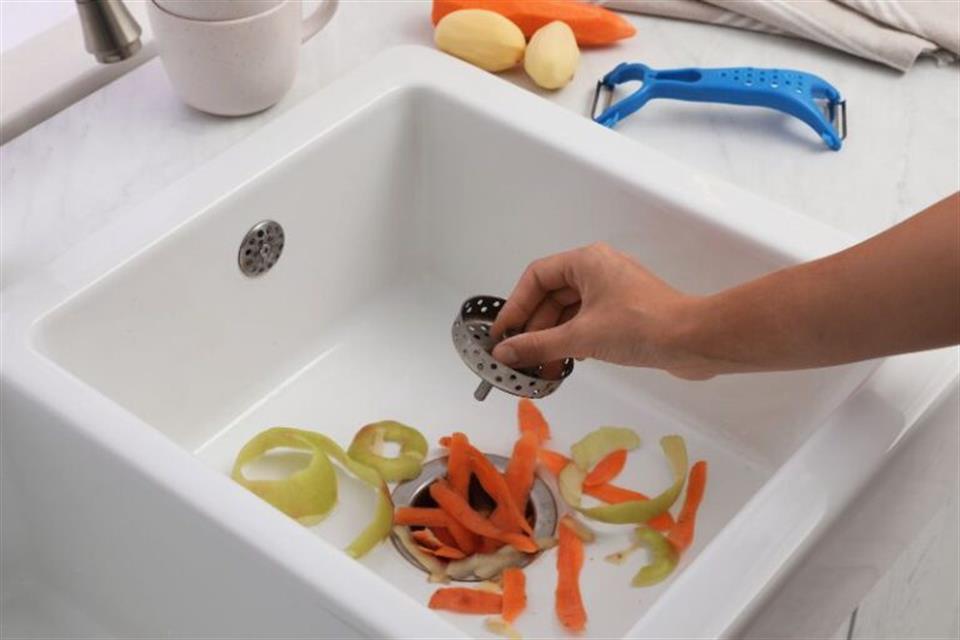What Counts as a Plumbing Emergency?
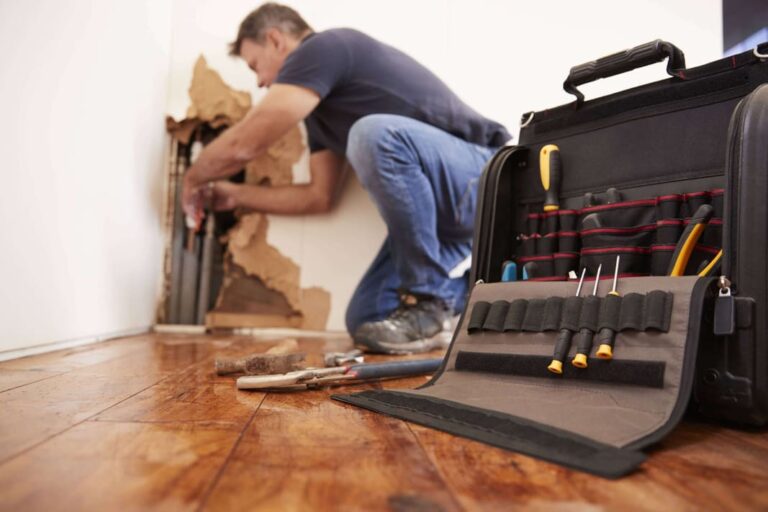
All plumbing problems are inconvenient and annoying, but they don’t always count as an emergency. If you notice a drippy faucet late on a Friday night, or your drains seem slower than usual on a holiday weekend, you can probably wait until Monday to call a plumber. However, there are plenty of urgent plumbing problems that demand immediate attention. Here’s how to tell when you should contact an emergency plumber in Fort Collins.
Multiple Drains All Clog at Once
A single clogged sink isn’t too urgent, as long as the water is still flowing somewhat. But if your upstairs bathtub, kitchen sink, and basement shower all clog at once, the blockage could be deep inside the sewer line. A video pipeline inspection from a licensed plumber is the best way to find and fix the source of the problem.
Your Sewer Line Backs Up
A blocked sewer pipe can have serious consequences. In addition to having multiple clogs, you may notice your toilets flushing sluggishly. Act quickly, or the sewer system could back up entirely, sending raw sewage up through the lowest drains in your home. This not only prevents you from using those plumbing fixtures but it also creates a health hazard that could endanger your family.
You Have No Hot Water
You hop in the shower and wait for the water to get hot. But it never does. You can’t last long with a broken water heater, so call an emergency plumber for help repairing or replacing this appliance.
You Have No Water at All
It’s one thing for the hot water to stop working—it’s another thing entirely for no water to flow from your faucets at all. This is a sign of frozen pipes, which can occur during frigid winter weather. Ice builds up inside your plumbing, blocking the flow of water to one or more faucets. Work with an emergency plumber to thaw the pipes before the pressure causes them to burst.
Your Frozen Pipes Burst
Perhaps you attempt to thaw your frozen pipes yourself, or you don’t notice the problem until it’s too late. Burst pipes can cause significant water damage, so if you spot any signs of burst pipes—such as the sound of water running when all faucets are off or water stains on the walls and ceilings—call an emergency plumber.
The Water Heater Is Leaking
It’s wise to check your water heater occasionally for signs of tank failure. If you see a puddle forming on the ground around it, act fast. The water heater could be in the process of failing catastrophically. With a plumber’s help, you can avoid the brunt of the water damage.
You Find Other Plumbing Leaks
Water supply lines and sewer pipes can leak even if they don’t freeze and burst. If you find a leaky pipe under the sink, behind the washing machine or dishwasher, or elsewhere in your home, contain the water as best you can and call an emergency plumber for help.
Your Home’s Only Toilet Is Severely Clogged or Overflowing
If you only have one bathroom, a clogged toilet isn’t just a minor inconvenience—it can be a downright emergency if you can’t clear the clog yourself. Try plunging the toilet yourself first. If your efforts prove fruitless, you may need a professional’s help. If the toilet is overflowing, turn the shut-off knob behind it to cut off the water supply until a plumber arrives.
The Sump Pump Fails During a Rainstorm
Even though the climate is quite dry here, Fort Collins is no stranger to flooding. A sump pump in the basement prevents rising groundwater from damaging your home. But if the pump stops working when a big storm hits, you could be in trouble. Don’t wait until the flooding starts—call an emergency plumber the moment you notice the sump pump not working to have it repaired as soon as possible.
You Smell Natural Gas
If you detect a mysterious rotten egg odor in your home, you might be smelling the mercaptan that utility companies add to natural gas to aid in leak detection. Open windows and doors for ventilation, exit the house right away, and call your utility provider, followed by an emergency plumber. You may not associate gas leaks with plumbing, but the experienced team at Allen Service is capable of repairing broken gas lines.
Request Emergency Plumbing Services in Fort Collins
If you believe your plumbing problem constitutes an emergency, reach out to Allen Service any time of day or night. Our emergency plumbers are on standby 24 hours a day, so rest assured that we’ll have your pipes and drains flowing smoothly again in no time! Call us now at (970) 431-6574 or contact us online to speak with an emergency plumber in Fort Collins.

